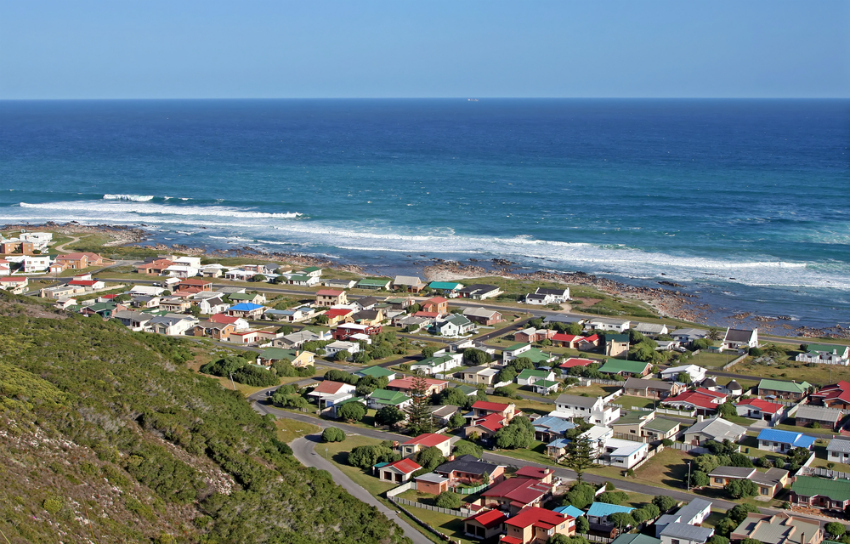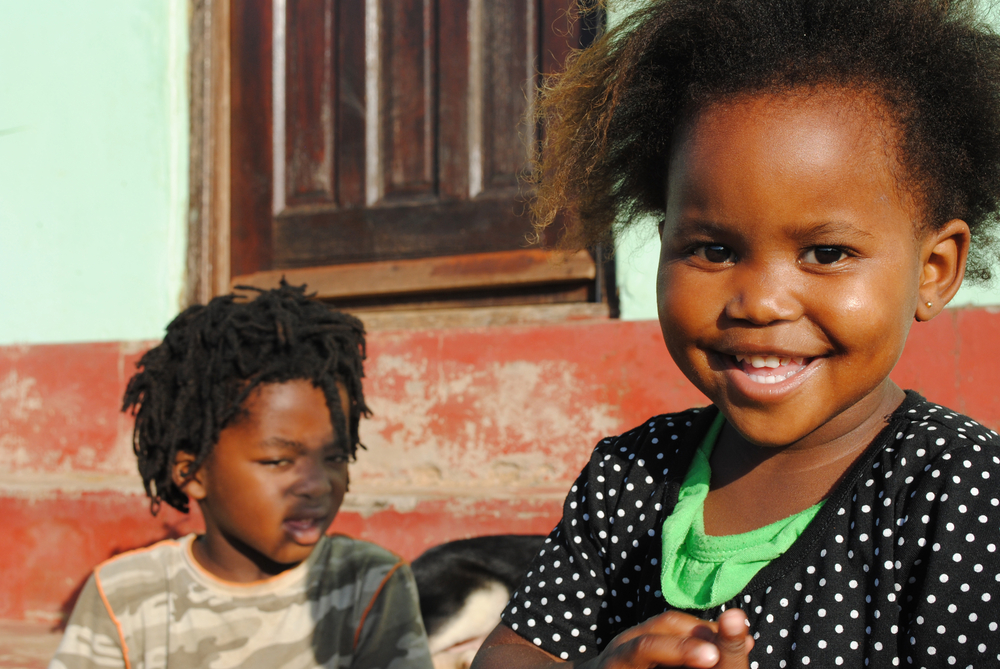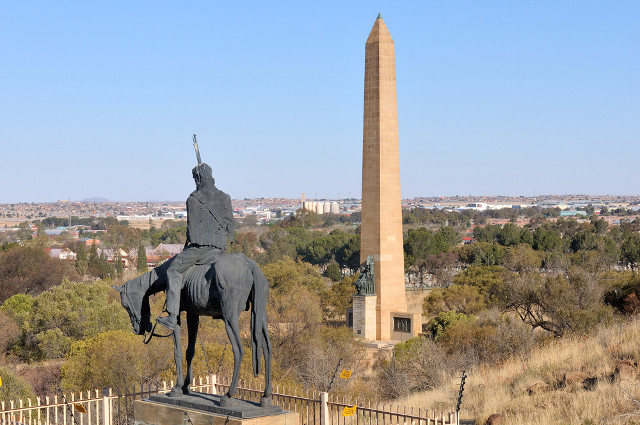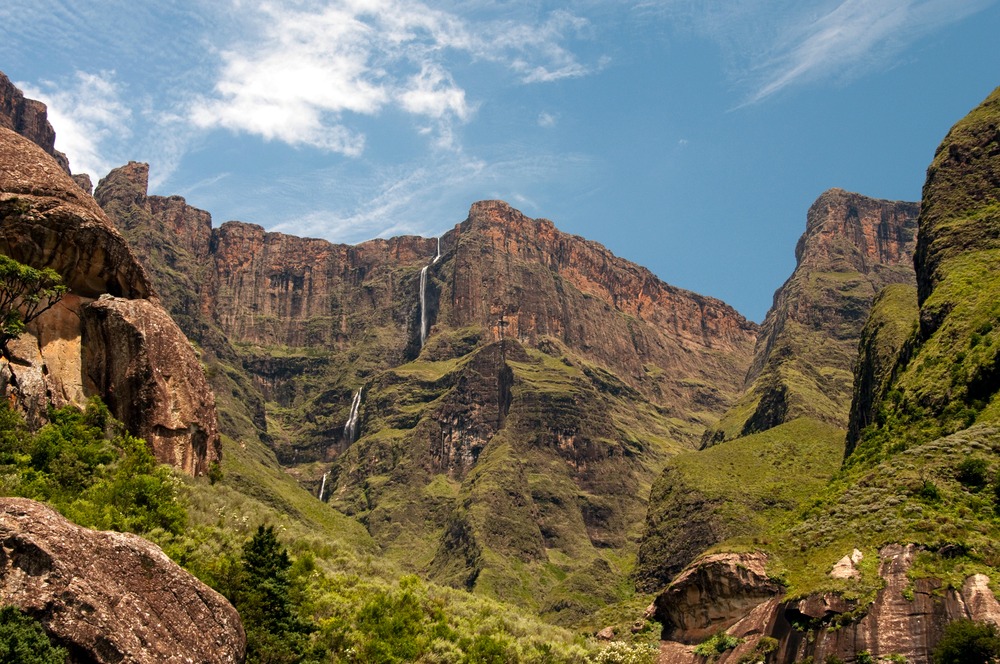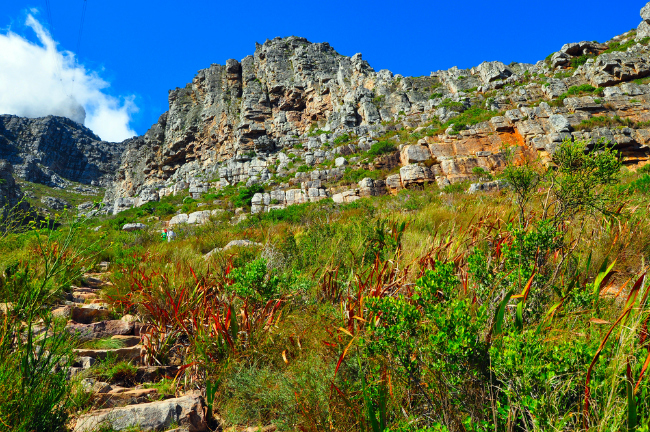To non-Africans, South Africa is probably the least “mysterious” country in Africa. Since the end of apartheid in the 1990s, it’s become a top tourist destination, full of attractions like wine-tasting routes, shark-cage diving, Table Mountain, Kruger National Park, and Soweto.
But the country is full of surprises. Here’s a roundup of 15 things that you may not know about South Africa, which proves that the country offers endless opportunities for discovery.
1) It’s got a space shuttle emergency landing site
Though the US Space Shuttle program is now defunct, back in the day there were numerous emergency landing sites around the world. Hoedspruit Air Force Base, near the border of Kruger National Park, was one of them. The base used to have a problem keeping wildlife off its 4km runway (it borders two other game reserves besides Kruger), but since cheetahs were introduced to the airfield in 1993, animal incursions dropped by 90%.
2) Four Nobel Peace Prize winners came from South Africa
Most people are well aware of past winners Nelson Mandela and Archbishop Desmond Tutu (who incidentally, both lived on the same street in Soweto for a while). But many don’t realize that in 1993, the year Mandela won the award, the Nobel Peace Prize was simultaneously awarded to F.W. de Klerk, the president of South Africa at the time. De Klerk played his part in ending apartheid by lifting the ban on the African National Congress, releasing Mandela from prison on Robben Island, and allowing for a new constitution to be drafted to ensure equality for blacks and whites. But the first South African to ever win the Nobel Peace Prize was Albert Lutuli in 1960. Lutuli, who led the nonviolent movement against apartheid during his tenure as president of the ANC, was also the first Peace Prize winner from Africa.
3) You can ride an ostrich
Not that you’d necessarily want to, but if you’re so inclined, head to the Safari Ostrich Show Farm. Located near Oudtshoorn, in the heart of the Western Cape’s “ostrich country,” the farm is home to over 150 of the massive flightless birds. You can not only ride on the back of one (if you weigh less than 70kg/155lbs), but you can also stand on an egg, tour the farm, and learn how to cook ostrich meat. There are also numerous other ostrich farms in the area where you can take similar tours.
4) Johannesburg is the largest man-made forest in the world
Though some doubt this claim, which is difficult to verify, the fact remains that Johannesburg is one VERY leafy city. The city government says that there are over six million trees, with 1.2 million being in city parks and sidewalks, and the other 4.8 million in private gardens and yards. And all these trees have been planted since the late 19th century, when miners founded the city on arid, treeless grassland.
5) You can go on a flower safari
Not all safaris involve elephants and wildebeests. From July through October, South Africa’s west coast comes blazing to life with millions of colorful wildflowers. The most famous place to see blooms is in Namaqua National Park, normally a dry, dusty place which bursts with flowers in spring after the winter rains hydrate the land. Visitors come from far and wide to see the daisies, lilies, aloes and countless other varieties. You can also see flowers at other favorite west coast spots such as the Skilpad Wildflower Reserve (in Namaqua National Park), the Postberg Flower Reserve (in West Coast National Park), and De Hoop Nature Reserve.
6) Mahatma Gandhi lived in South Africa for 21 years
Unless you sat through Richard Attenborough’s epic three-hour movie from 1982, you probably didn’t realize that Mahatma Gandhi lived in Durban, South Africa from 1893 to 1914. Though he was born in India and became an icon there for defying British rule, he was also a key figure in the civil rights movement in South Africa. As a lawyer he crusaded against racial discrimination and helped shape the ideologies that eventually led to the end of apartheid. You can learn more about Gandhi’s life and work in South Africa by visiting the Satyagraha House and Museum in Johannesburg.
7) The Cape of Good Hope is NOT actually the southernmost point of the continent
If you are at the Cape of Good Hope and are determined to snap a picture of yourself on the southernmost tip of Africa, I’m afraid you’ll have to hit the highway. Cape Agulhas, which is about 140 miles (223km) from Cape Town, is actually the furthest reach of the continent latitude-wise, and is considered the spot where the Atlantic and Indian oceans meet. Other than seeing the Cape, there’s quite a bit to do in the area. Struis Bay features the longest stretch of beach in the country, at 8.5 miles (14 km). It’s a beautiful strand of white sand, but in winter it can be cold and windy, with strong current year round. The Heuningnes River, which runs through the area, is one of the best places to see dozens of local bird species.
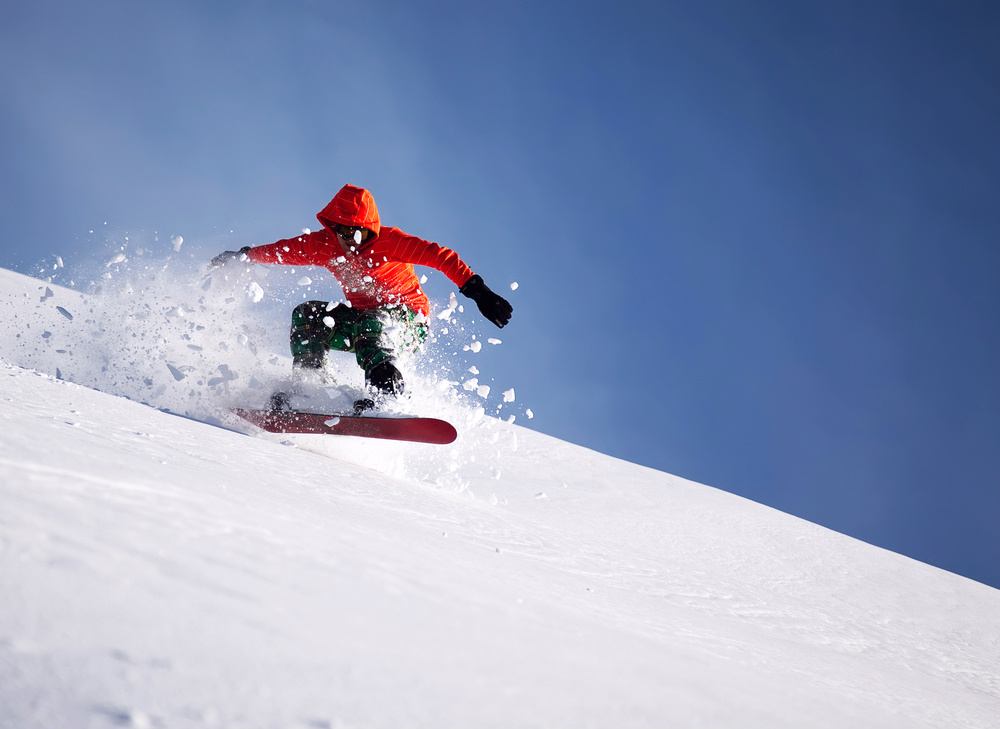
Shutterstock
8) You can ski
South Africa’s Drakensberg mountains are high enough to get snow each winter — and snow equals skiing! Tiffendell Ski Resort, South Africa’s only one, is located near the town of Barkly East in the southern Drakensberg and offers skiing between June and August (don’t forget this is the Southern Hemisphere’s winter). This isn’t world-class skiing along the lines of Aspen or Chamonix — runs aren’t long and the snow is sometimes machine-made — but it’s good clean fun.
9) There are a lot of languages
Officially, there are at least 11 languages in South Africa, including English, Afrikaans, Zulu, Xhosa and Sesotho. And the national anthem has five languages in it.
10) Shark attacks aren’t actually that common
On average, there is less than one fatal attack per year by a great white shark. So you can go swimming with a sigh of relief, but best to remain cautious.
11) ‘The Lord of the Rings’ has a connection to South Africa
J.R.R. Tolkien was born in Bloemfontein before he moved to the UK. The film trilogy may be better associated now with New Zealand, but it all began here in South Africa.
12) Give me a home, where the wildebeest roam
South Africa is roughly twice the size of Texas. That’s a lot of land.

Shutterstock
13) Cultural confusion
Perhaps not surprisingly given all the languages in South Africa, there are many new terms, and many words that mean slightly different things to what you’re used to. For instance, a braai is a barbecue (24 September is National Braai Day!), while a robot is a traffic light (and not, as you might have thought, R2D2).
14) Second-highest waterfall
Tugela Falls is the second-highest waterfall in the world, with the water tumbling down 2789 feet. (Angel Falls in Venezuela is in first place at 3212 feet.)
15) Amazing Table Mountain
Thought to be one of the oldest mountains in the world, Table Mountain also holds up its end of the bargain in terms of plant life. There are more than 1,500 species of plants on Table Mountain, which is more than in the entire United Kingdom.
Want to discover the finer side of Africa? Sign up for our weekly newsletter.
